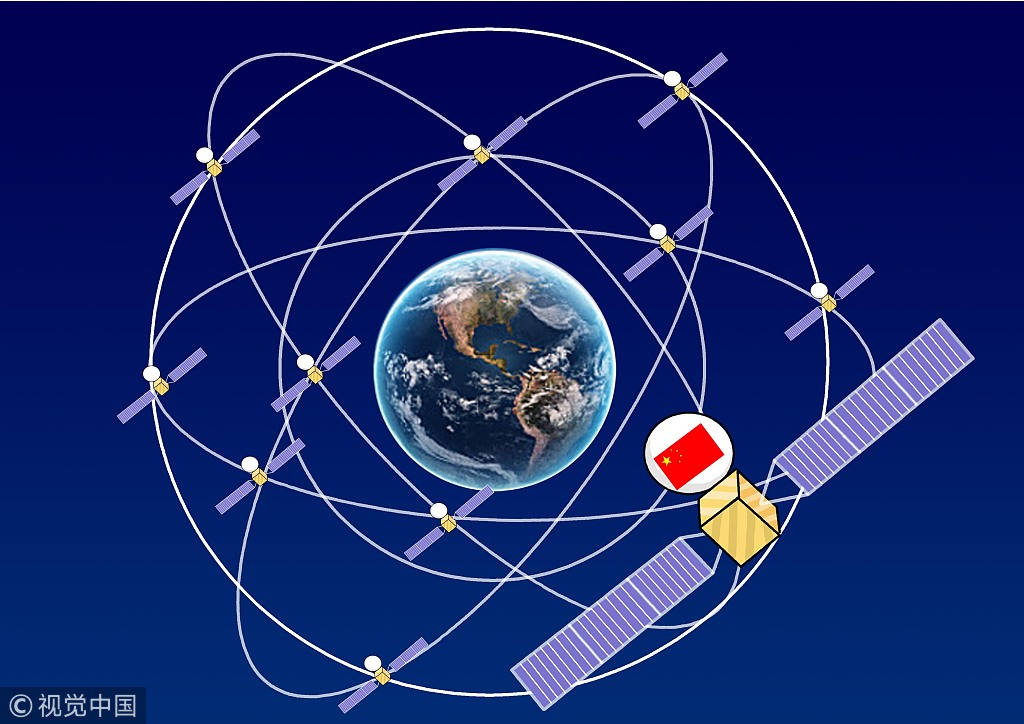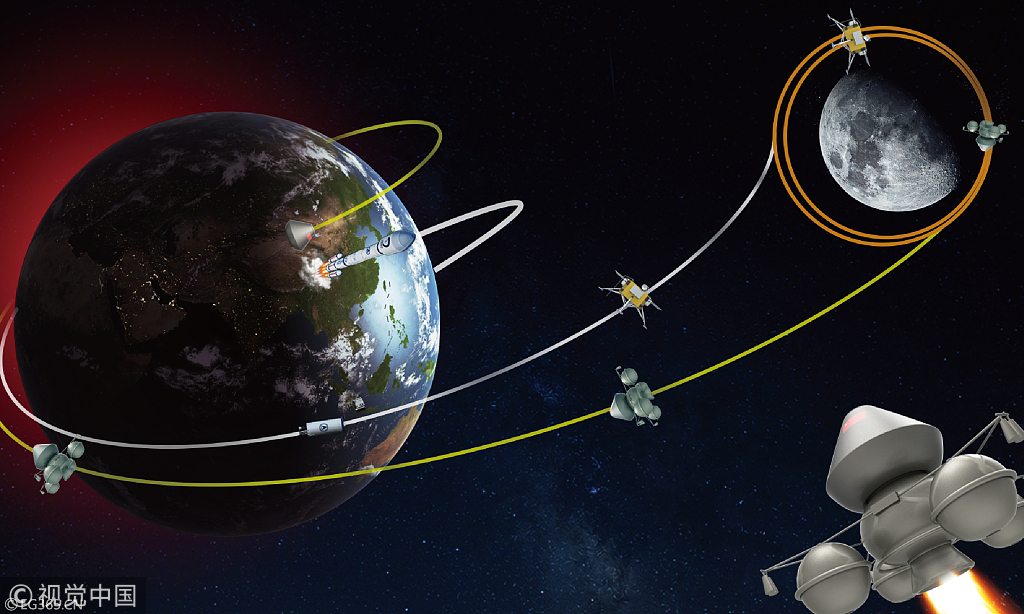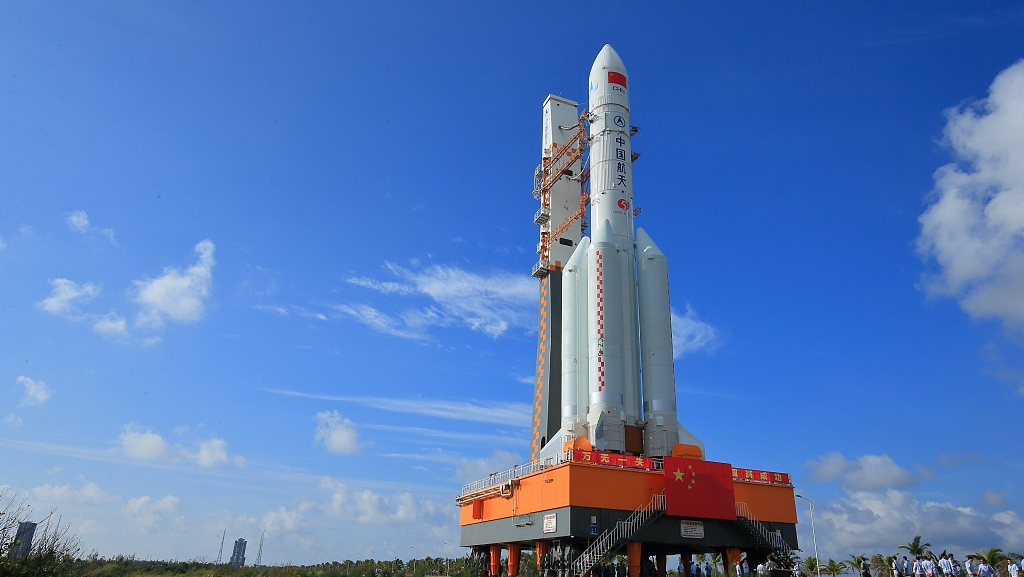
Technology
14:56, 07-Mar-2019
What are China's space plans in 2019?
By Pan Zhaoyi

With the Chang'e-4 lunar probe successfully landing on the far side of the Moon on January 3, China's space program is set to reach new heights in 2019.
Pictures taken by the lunar lander and rover, the first plant on the Moon, and talks of a new lunar mission have made headlines around the world again and again.
After setting a world record with 37 successful missions last year, China's space industry is eyeing an even more successful year this year.
BeiDou Navigation Satellite System

Beidou Navigation Satellite System has started to offer services to global users. /VCG Photo
Beidou Navigation Satellite System has started to offer services to global users. /VCG Photo
The China Satellite Navigation Office (CSNO) on Tuesday announced that China will launch eight to 10 more satellites for the Beidou Navigation Satellite System into space this year, as all medium-earth-orbit satellites launch projects near completion.
The office added the system is expected to complete its full rollout by 2020 and a more ubiquitous, integrated and smarter positioning, navigation and timing (PNT) system with BDS as the core will be put in place by 2035.
China's satellite navigation services and their byproducts like chip modules have been exported to over 90 countries, and widely applied to agriculture, transportation, and public security industries.
Next month, a Beidou satellite-themed forum co-hosted by China and Arab states will take place in Tunisia to further expand cooperation and commercial application in the Middle East and North Africa (MENA) region.
CSNO and the Arabic Information and Communication Technologies Organization (AICTO) signed a joint statement during the first forum in 2017, which aimed at boosting relevant research in local industries.
The development and strategic planning manager of AICTO stressed the region's great potential, suggesting their projects with China will be able to offer services to nearly 400 million people in 22 countries.
Chang'e-5 and its family

VCG Photo
VCG Photo
Other than wandering around the Moon and conducting basic experiments, Chang'e-5 is tasked with collecting samples from the Moon in the year-end exploration project, said Wu Weiren, chief designer of China's lunar exploration program last Sunday.
The sample will be soil from the lunar surface weighing two kilograms, according to Ye Peijian, chief designer of the lunar probe.
Scientists will be able to dig out more secrets of the Moon, and better understand the history of the Earth and the formation of the solar system based on analysis of the sample.
As for the much-hyped Chang'e-4, Wu explained the mission focus will be switched to scientific experiment projects after the lander and rover awake from their hibernation.
The projects will study the terrain of the landing site and the space environment surrounding the Moon, as well as the elements of its far side during the rest of the year.
Carrier rocket launch

A Long March-5 carrier rocket ready for launch. /VCG Photo
A Long March-5 carrier rocket ready for launch. /VCG Photo
After meeting a setback in 2017 following a failed launch due to technical problems, the "chubby-5" will show up with a brand new mission -- to send the Chang'e-5 lunar probe to the Moon.
As the country's strongest carrier rocket, the Long March-5 has a payload capacity of 25 tons in low Earth orbit and 14 tons in geostationary transfer orbit.
Its carrying capacity is about 2.5 times that of the current main model Long March carrier rockets.
Another major event involving the Long March family this year is the scheduled blast-off of the Long March-11 from the Yellow Sea in mid-2019.
The protagonist of this seaborne show will be the first rocket using solid propellants among China's new generation carrier rockets with a takeoff weight of about 57.6 tons.
The rocket can carry a payload of up to 350 kg to a sun-synchronous orbit at an altitude of 700 km and 700 kg to a low-Earth orbit at 200 km.
In January, the Long March-11 sent four satellites into orbit for data collection and broader maritime navigation.

SITEMAP
Copyright © 2018 CGTN. Beijing ICP prepared NO.16065310-3
Copyright © 2018 CGTN. Beijing ICP prepared NO.16065310-3